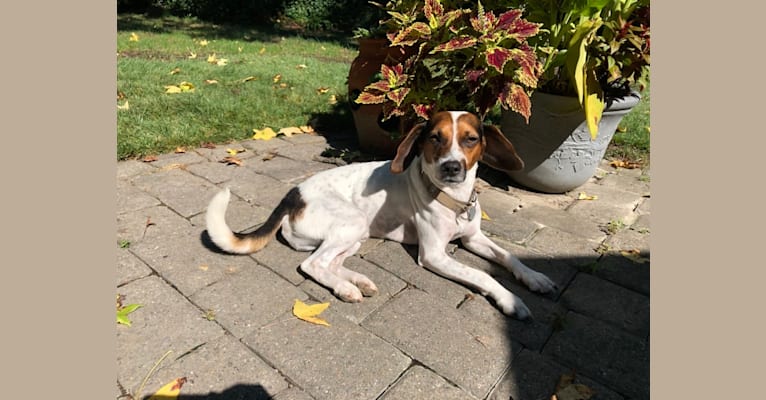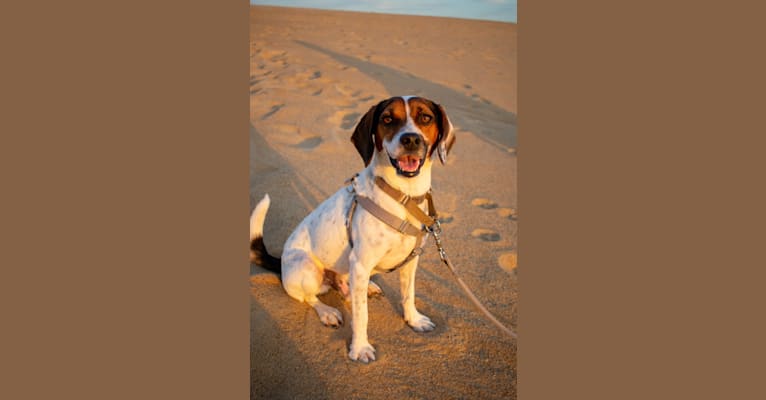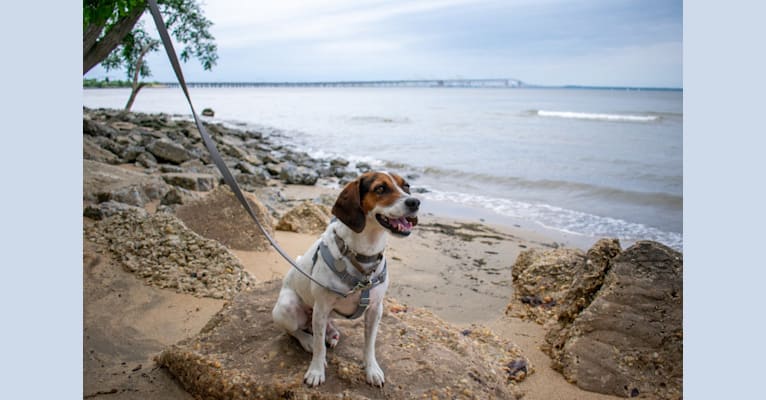“Beau was found as a stray in Wilmington, North Carolina and has a sweet temperament. He loves other dogs but is often submissive and shy. He doesn't play with toys much but loves bully sticks, learning tricks, and going for long walks. He gets scared easily and has separation anxiety. His background before being a stray is unknown, but he's very sneaky and quiet and frightened by quick movements. Beau is making great strides and is the nicest little guy.”
This dog has been viewed and been given 1 wag
Genetic Breed Result
Beau
Mixed Ancestry
58.4% Beagle
13.6% Rat Terrier
10.5% Toy Fox Terrier
17.5% Supermutt
Embark Supermutt analysis
What’s in that Supermutt? There may be small amounts of DNA from these distant ancestors:
Beagle
The Beagle is a scent hound and a great family pet. They are known for being affectionate and having loud voices.
Learn More
Rat Terrier
The Rat Terrier is an American dog breed with a background as a farm dog and hunting companion.
Learn More
Toy Fox Terrier
Toy Fox Terriers, like many active and intelligent breeds, can learn to respond to a number of words. Toy Fox Terriers were used commonly in circus shows by clowns, and they are said to make great companions for owners with a good sense of humor
Learn More
Start a conversation! Message this dog’s humans.
Genetic stats
Dogs Like Beau

Discover dogs who share a similar breed mix to Beau. A higher score means the two dogs have more of their breed mix in common. A score of 100% means they share the exact same breed mix!
Click or tap on a pic to learn more about each dog and see an in-depth comparison of their DNA, breeds, and more.























































